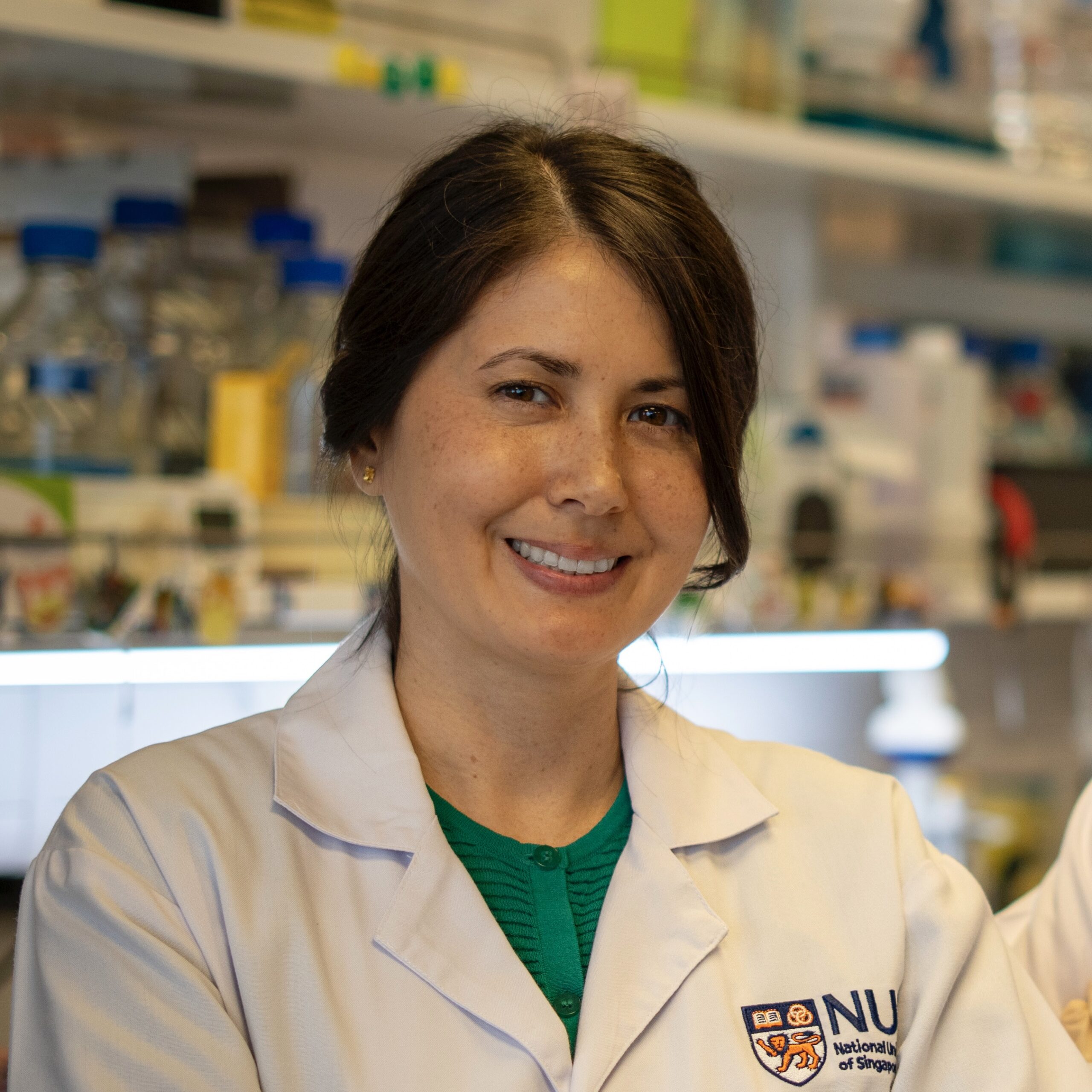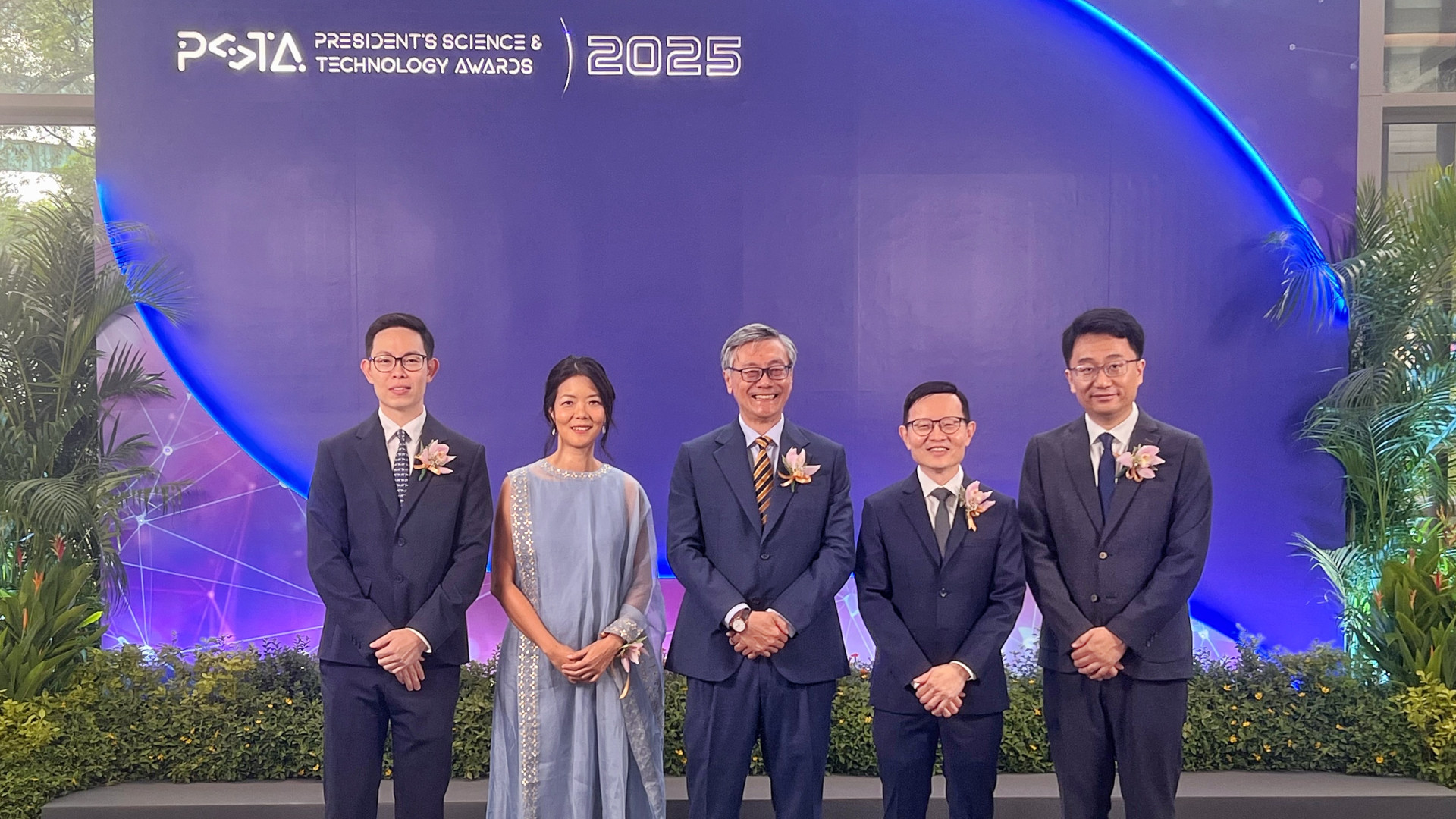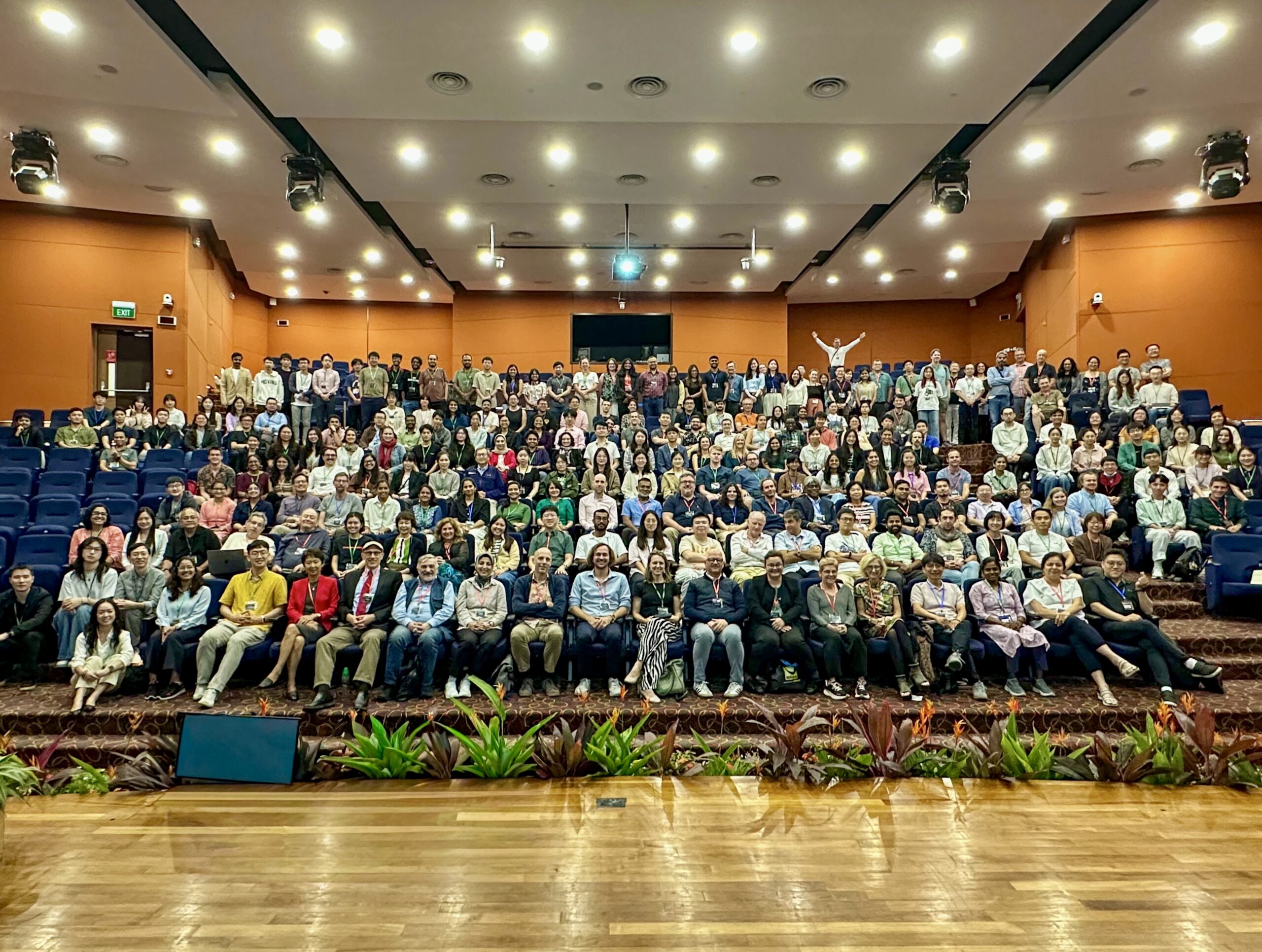MBI hosts Physics Colloquium for Olympiad students
sruthi jagannathan | june 2017
05 June, 2017. The Mechanobiology Institute (MBI) recently hosted a group of seven high school students from different schools across Singapore for an outreach event organized by MBI Principal Investigator Asst Prof Timothy Saunders. As part of the Physics Colloquium for Olympiad Students program, the students visited MBI to learn more about interdisciplinary sciences such as Mechanobiology and to get better insights into the application of physical principles in order to answer complex biological questions.

Olympiad students visiting the Mechanobiology Institute, Singapore.
The visit started off with a talk by MBI Principal Investigators Asst Prof Pakorn Tony Kanchanwong and Asst Prof Timothy Saunders, who demonstrated how the latest advancements in imaging techniques have enabled researchers to surpass the diffraction limit imposed by conventional light and electronic microscopic methods. Their talk clearly emphasized how principles in physics form the basis for the development of almost all of these high-end imaging methods, including the Nobel Prize-winning super-resolved fluorescence microscopy, which has allowed researchers to observe biological functions with a nanoscopic level of detail.
The talk and the demonstration has helped me better appreciate how physics can be used to advance other fields –visiting student
Following the talk, the students visited the microscopy facility inside the MBI labs, where they got to see some of the super-resolution microscopes used by MBI scientists. An interactive demonstration led by Mak Kah Jun from the MBI microscopy core gave the students a better understanding of the principles, operational set-up, and real-time applications of super-resolution microscopes. The students found the talk and the demonstration very inspiring as they were now able to appreciate the significant contributions of physicists in the designing and development of sophisticated tools such as advanced microscopes that have led to ground-breaking biological discoveries.
Inspirational! It was very interesting to see how the diffraction limit could be surpassed through thinking outside-the-box methods –visiting student
After the hands-on microscopy session, the students headed for a break during which they had the opportunity to chat with Asst Prof Saunders and find out more about the life of a biophysicist. Asst Prof Saunders enthusiastically answered their queries, outlined the research areas that MBI scientists focus on, and recounted his own experiences of shifting gears from being a physicist to studying the formation of patterns during embryogenesis during his post-doctoral research studies. More importantly, he emphasized the importance of asking questions and learning with an open mind and encouraged the students to be ever willing to explore newer fields of study.
It has been interesting, eye-opening and engaging. Interdisciplinary science is diverse and covers many topics and applications –visiting student
Following their coffee break, the students attended the final part of their visit – an interactive session on the material properties of biological organisms, conducted by two biophysicists from MBI, Dr. Sham Leilah Tlili and Dr. Jean-Francois Rupprecht. The students got to exercise and enhance their knowledge of physics as they were exposed to complex mathematical questions and solutions, and learnt how they could be applied to quantify biological phenomena. The discussion focused on developing numerical methods for making predictions of cell and tissue behaviour, such as calculating time-scales for the fusion of two cells during embryogenesis, and calculating the energy dynamics that drive the breakage and recreation of cell contacts during cell sorting.
Ending with a more informal discussion over some refreshments, the outreach event proved to be an enriching and fruitful experience for the visiting students. The visit showed them how collaborative and interdisciplinary research can be highly rewarding and lead to novel discoveries and inventions that drive science forward.






